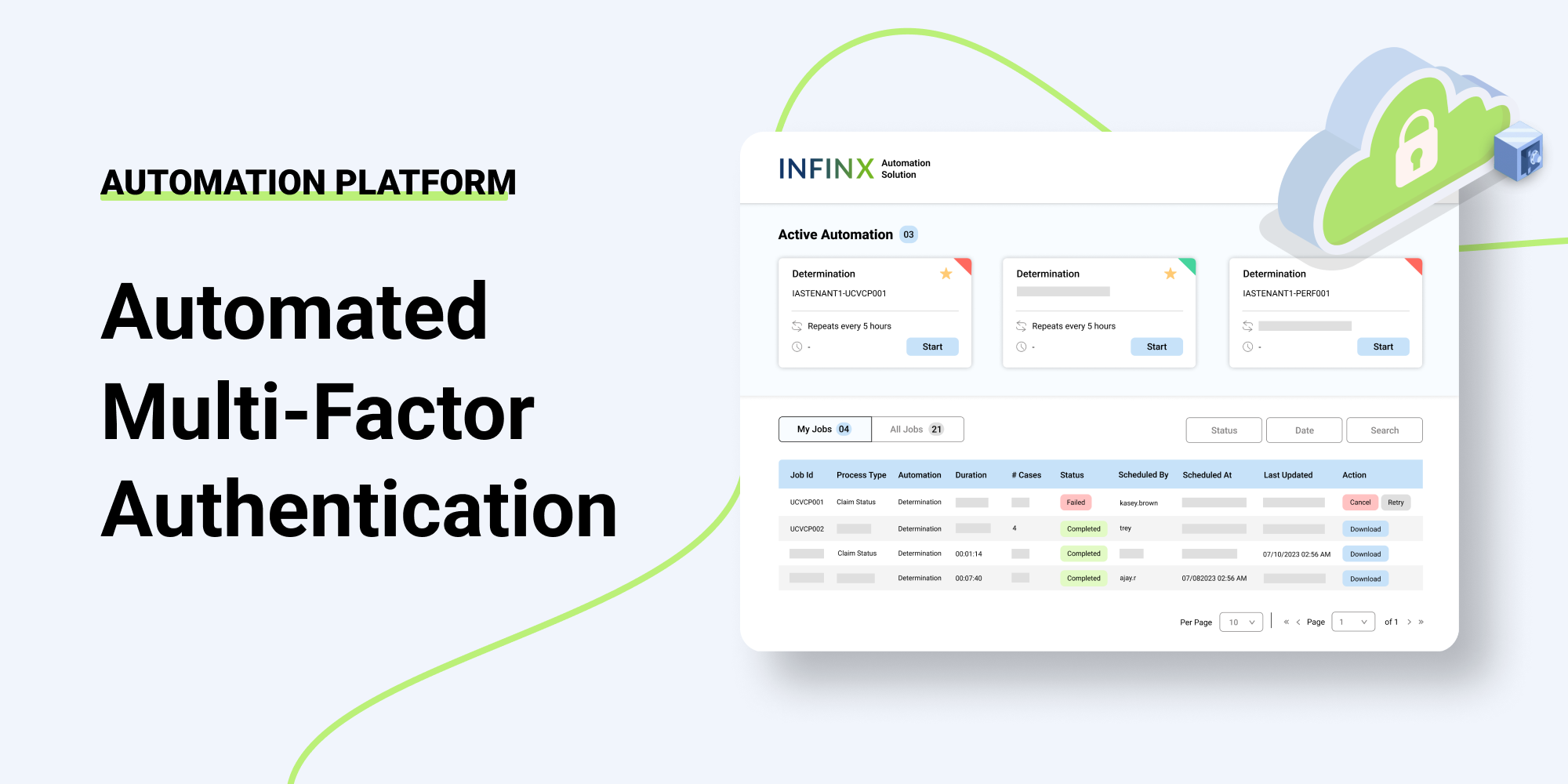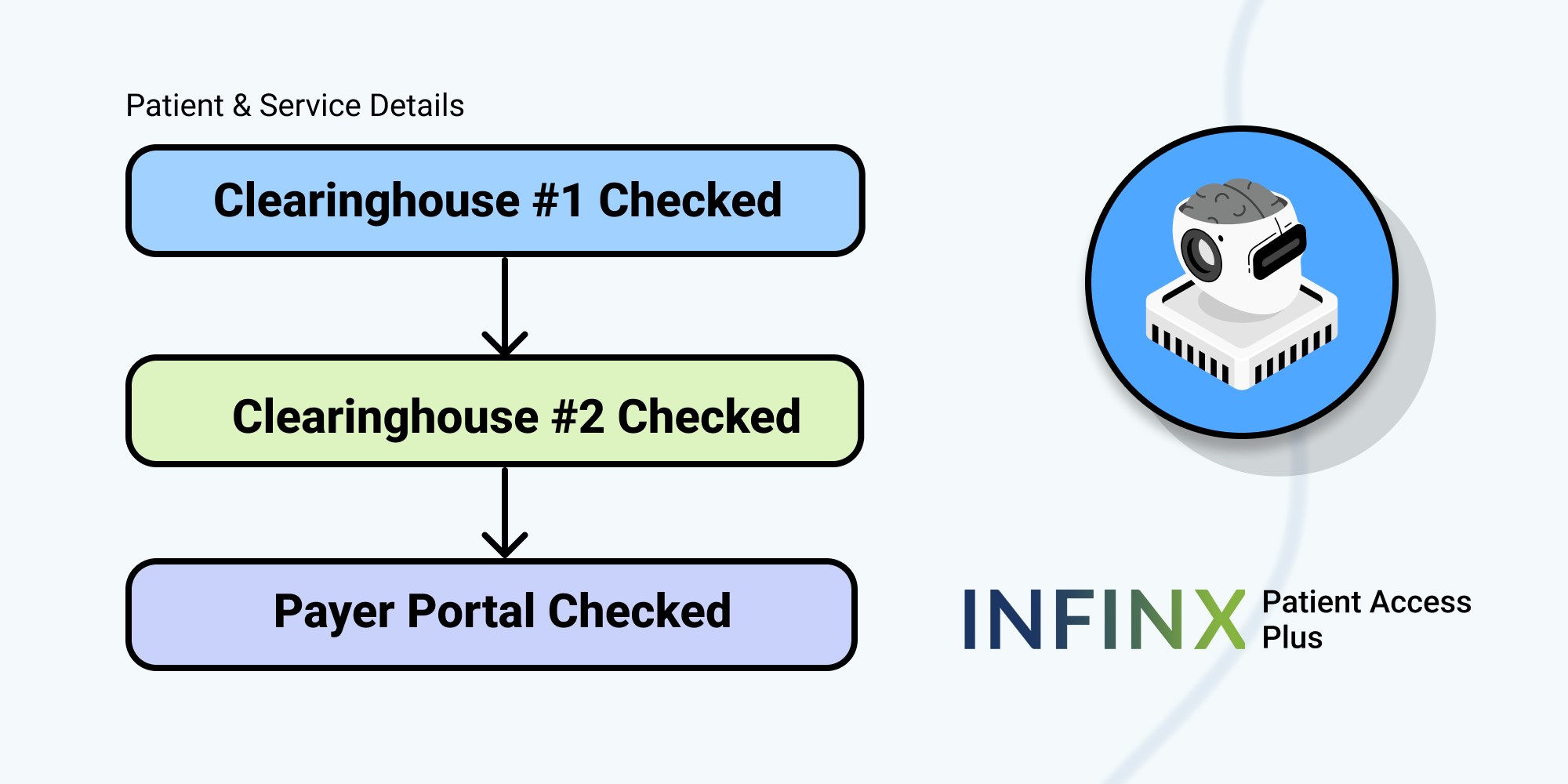As a standard insurance payer requirement, medical coding has been around for over fifty years. It has grown in importance as the way radiologists define and justify a patient’s level of diagnostic testing and the severity of their diagnosis for billing purposes. Whether in an acute-care or ambulatory setting, ICD-10-CM coding is of paramount importance to maximizing insurance reimbursement and avoiding claim denials and rejections.
Radiology coding, with all its intricacies, can impact revenue and bottom-line results in a significant way. Your current revenue cycle management (RCM) model may rely on in-house coding support like most practices, and this may not be adequate. By engaging an experienced third-party RCM medical coding partner, your radiology practice could jumpstart the process of improving your coding program in the forward.
Challenges Supported by a Radiology Coding Partner
During the medical claims adjudication process, insurers decide if the diagnosis and treatment match (as defined by the CPT and ICD-10 codes selected) with the community’s standard of care and are appropriate for the injury or disease being treated. If there is a discrepancy, or claim denied or rejected and, if not followed-up on, the revenue is lost completely.
A third-party medical coding partner’s invaluable benefit brings to a radiology practice is undoubtedly a fresh pair of eyes. In the day-to-day business of RCM, it’s easy to become singular in focus. A third-party review is a terrific way to audit the processes being used and recommend, train, and help implement changes that transfer directly to the bottom line.
A recent report by the Medical Group Management Association (MGMA) estimated that between 50-65% of denied claims are abandoned with no rework, resubmission, or follow-up. This runs contrary to every practice’s goal to maximize reimbursement and collect revenue in the shortest amount of time possible.
The Challenge of Medical Coding Complexities
Understanding coding complexities can be an overwhelming task and one that has long-reaching consequences. Not only are coding results monitored by insurance payers, but there can be severe legal and financial ramifications if miscoding is persistent and unabated. Let’s look at some of the challenges and hazards.
-
Correct Code Selected – was the right CPT code selected for the services performed and any associated procedures and tests, and coded with the proper ICD-10 diagnosis code.
-
Level of Specificity – ICD-10 codes that are not specific enough when each diagnosis must be coded to the highest level (maximum number of digits allowed).
-
Correct Order – the first code is always the specific reason for a patient’s visit.
-
Unbundled Charges – procedures or tests being charged separately when designated as part of a diagnosis bundle.
-
Upcoding or Downcoding – coding should be for the exact level of service performed, and there can be significant consequences if a practice continually either up or down codes their visits.
-
Appropriate Modifiers – using appropriate modifiers for CPT and HCPCS codes.
-
Documentation – every visit should be adequately documented not only to provide information on a claim-by-claim basis if requested for reimbursement but also should the practice be audited by an insurance provider or governmental agency.
Services of a Third-Party Coding Partner
Radiology practices are busy; their day-to-day care schedules and RCM clip along at a fast pace. It’s not always easy for the employees responsible for such an important function as medical coding to take the time to audit and perform quality control, let alone keep up with the latest updates and regulatory changes. It often seems they’re spending every minute just keeping the information moving.
By engaging with a third-party radiology medical coding partner, you can expect:
-
Better reimbursement and greater efficiency with a thorough knowledge of specialty coding, as well as radiology-specific experience,
-
Comprehensive understanding of the insurance payer market in your area and the subsequent contracting requirements,
-
Strong communication regarding data analytics and process improvements—know where you stand financially,
-
Ongoing training and education for providers and business office personnel, and
-
A robust compliance and ongoing quality improvement program.
What can a radiology medical coding partner do for you? You could see an almost immediate increase in revenue with an overall improved medical coding strategy and execution, as well as reduced claim denials and A/R problems. A partner can guide you towards a high functioning coding program that captures the maximum reimbursement for the services you provide.
Find out more today by contacting us to discuss how we can facilitate a robust medical coding program for your radiology practice.



